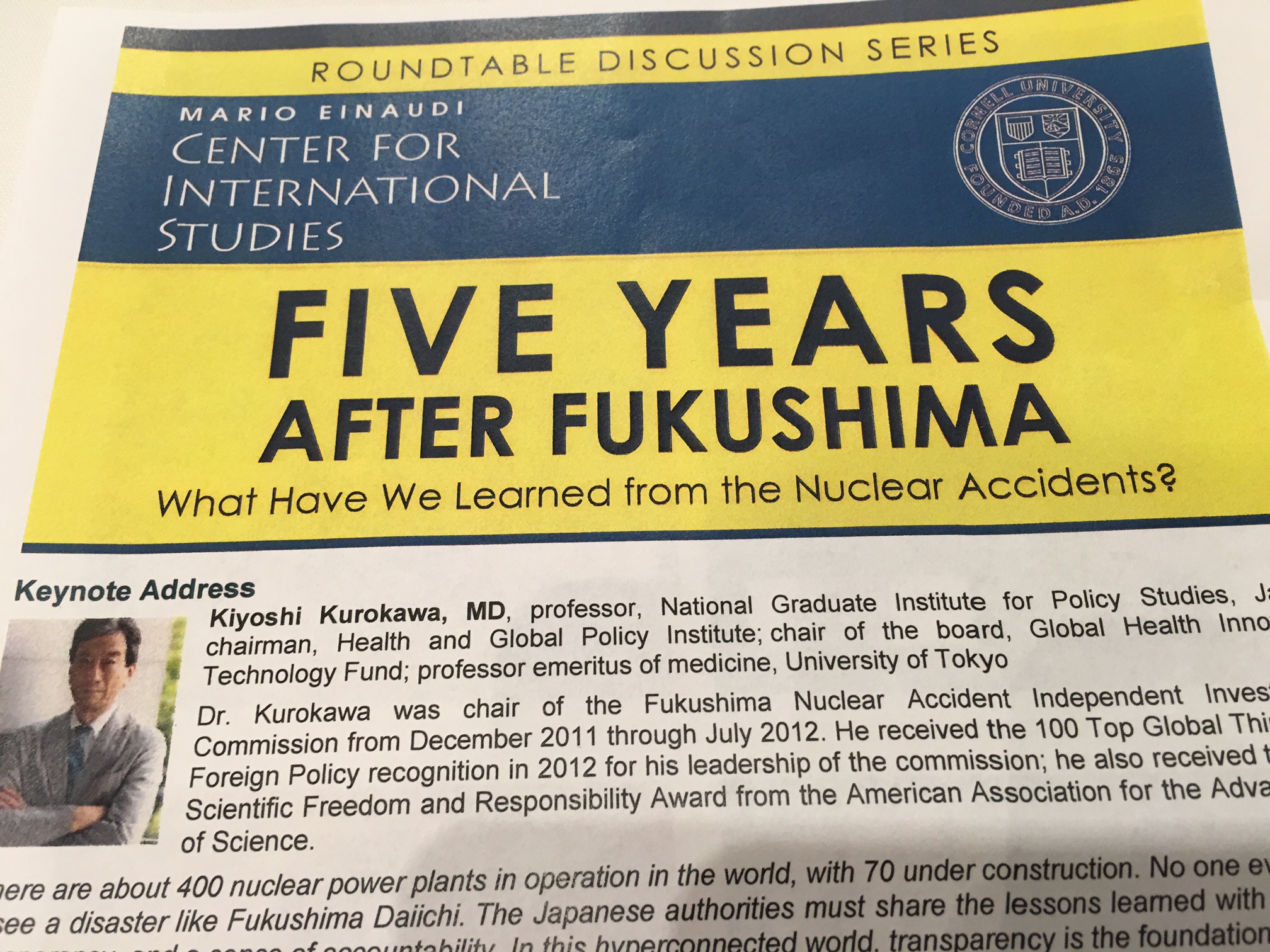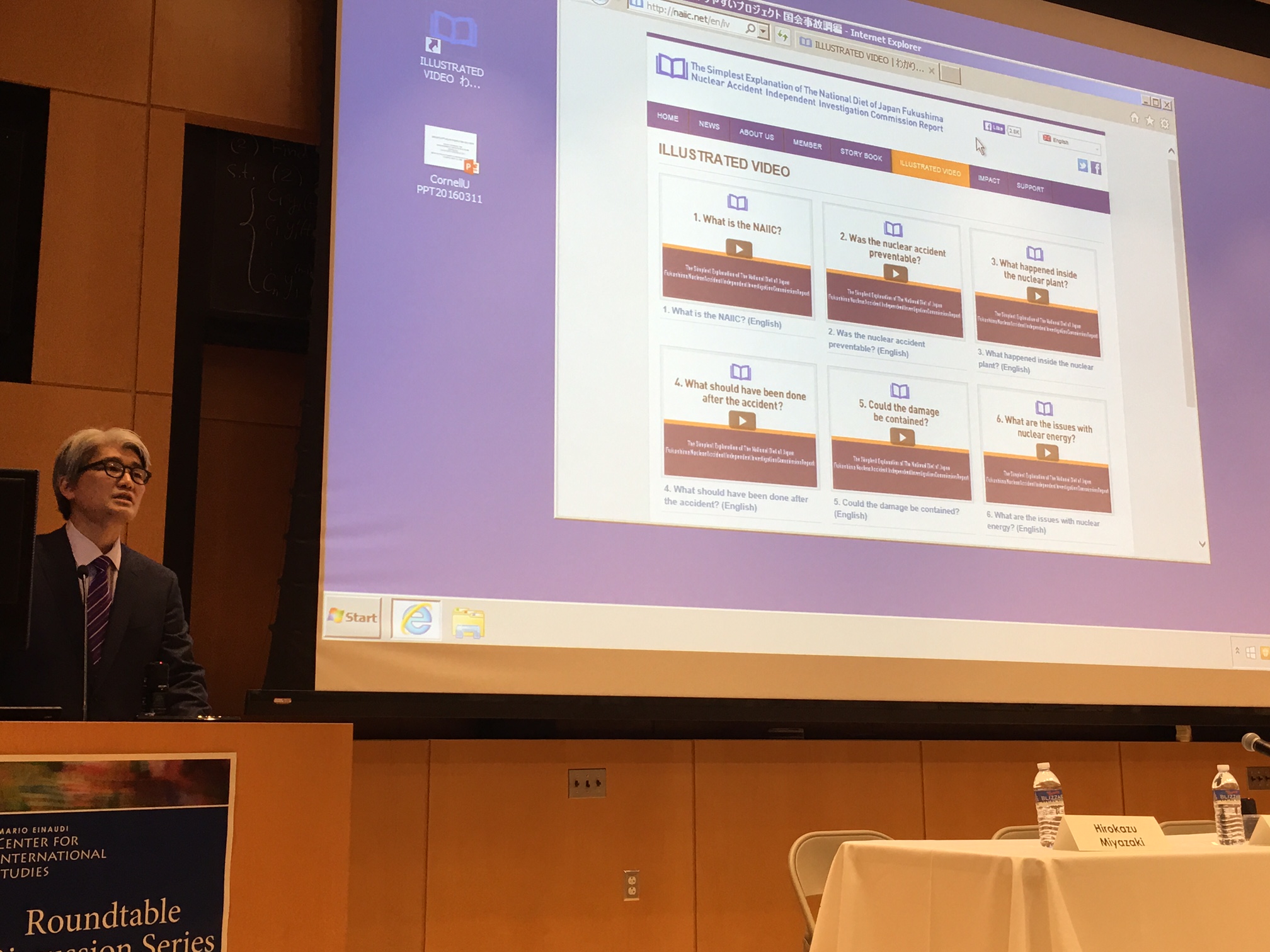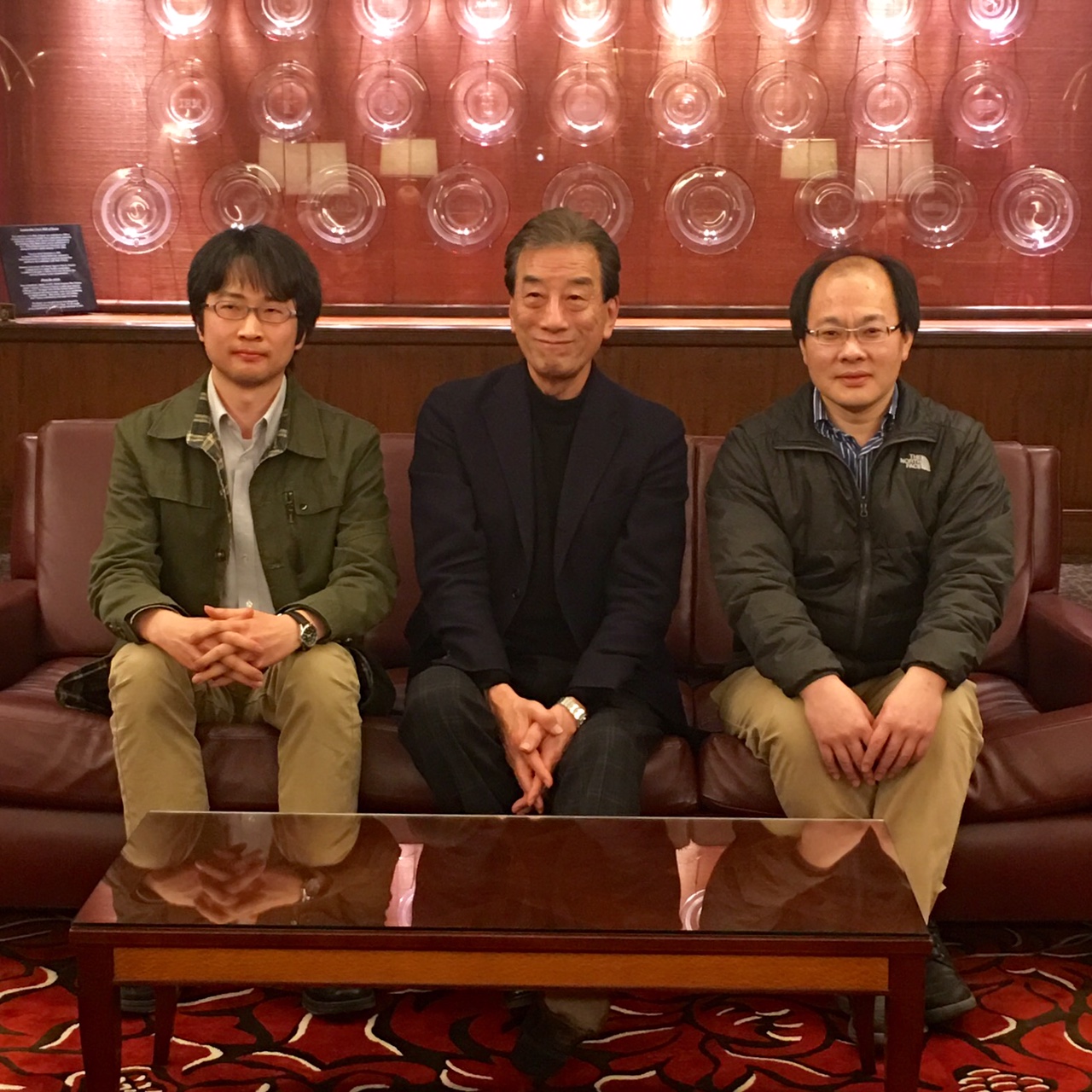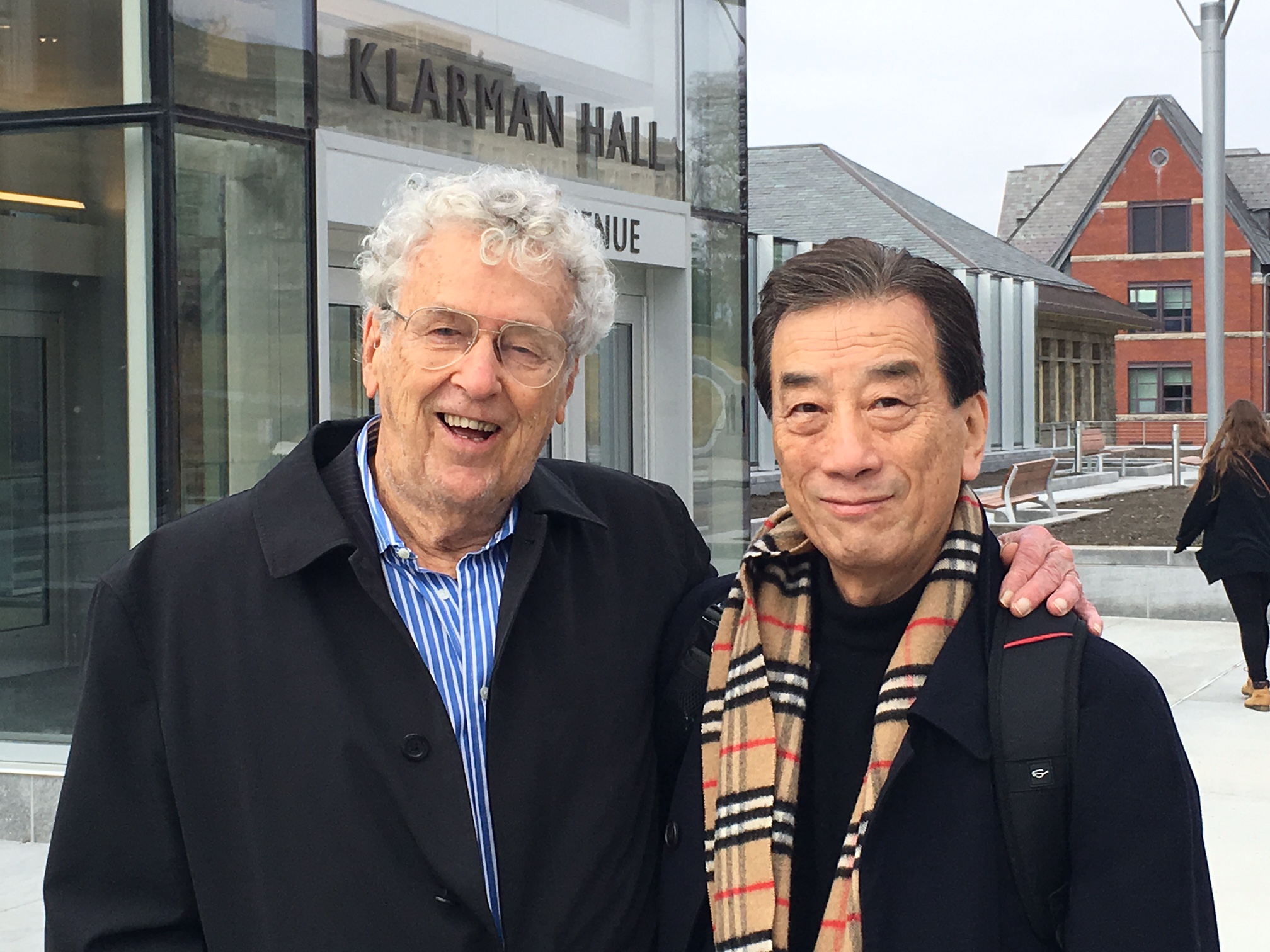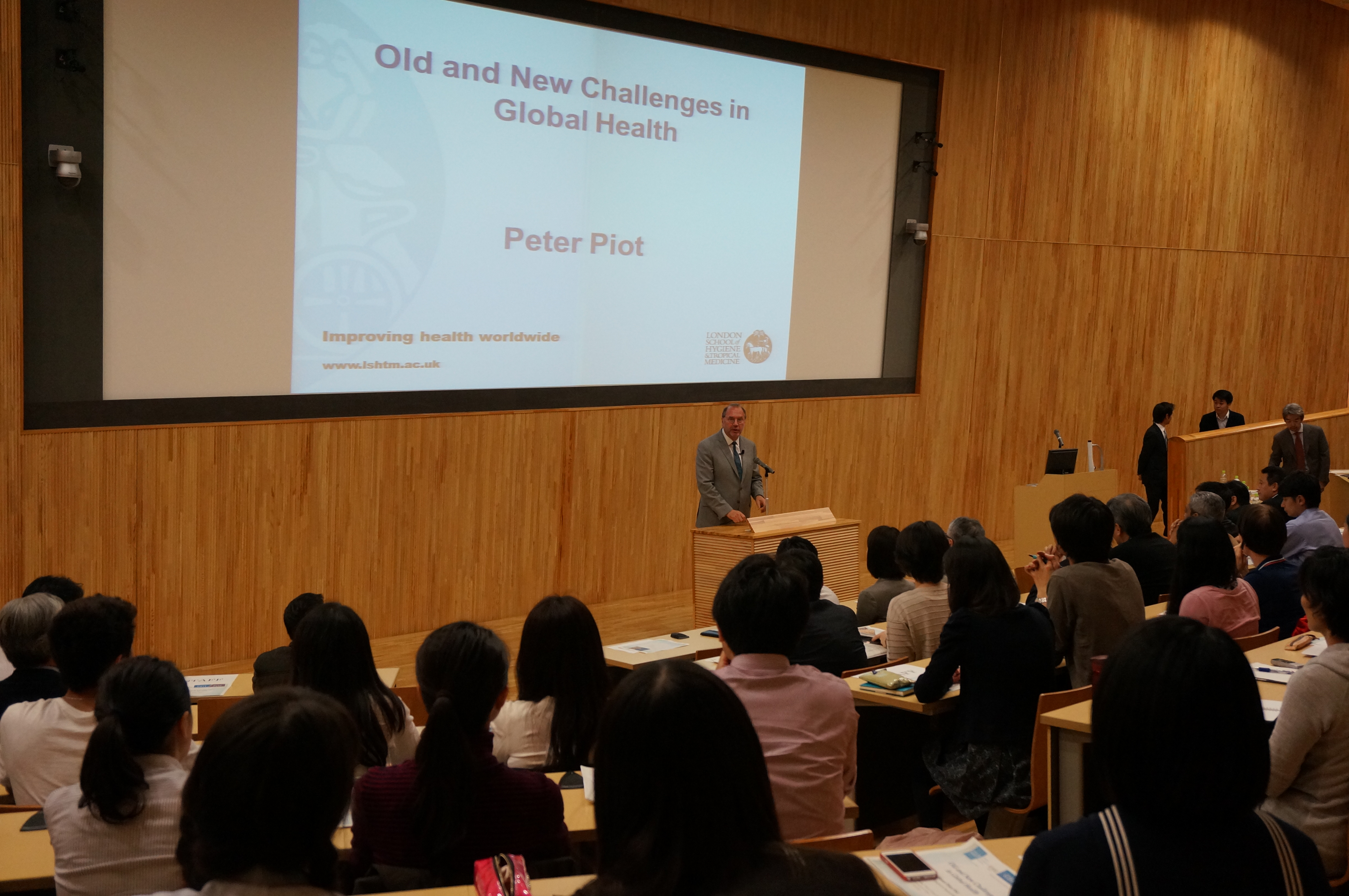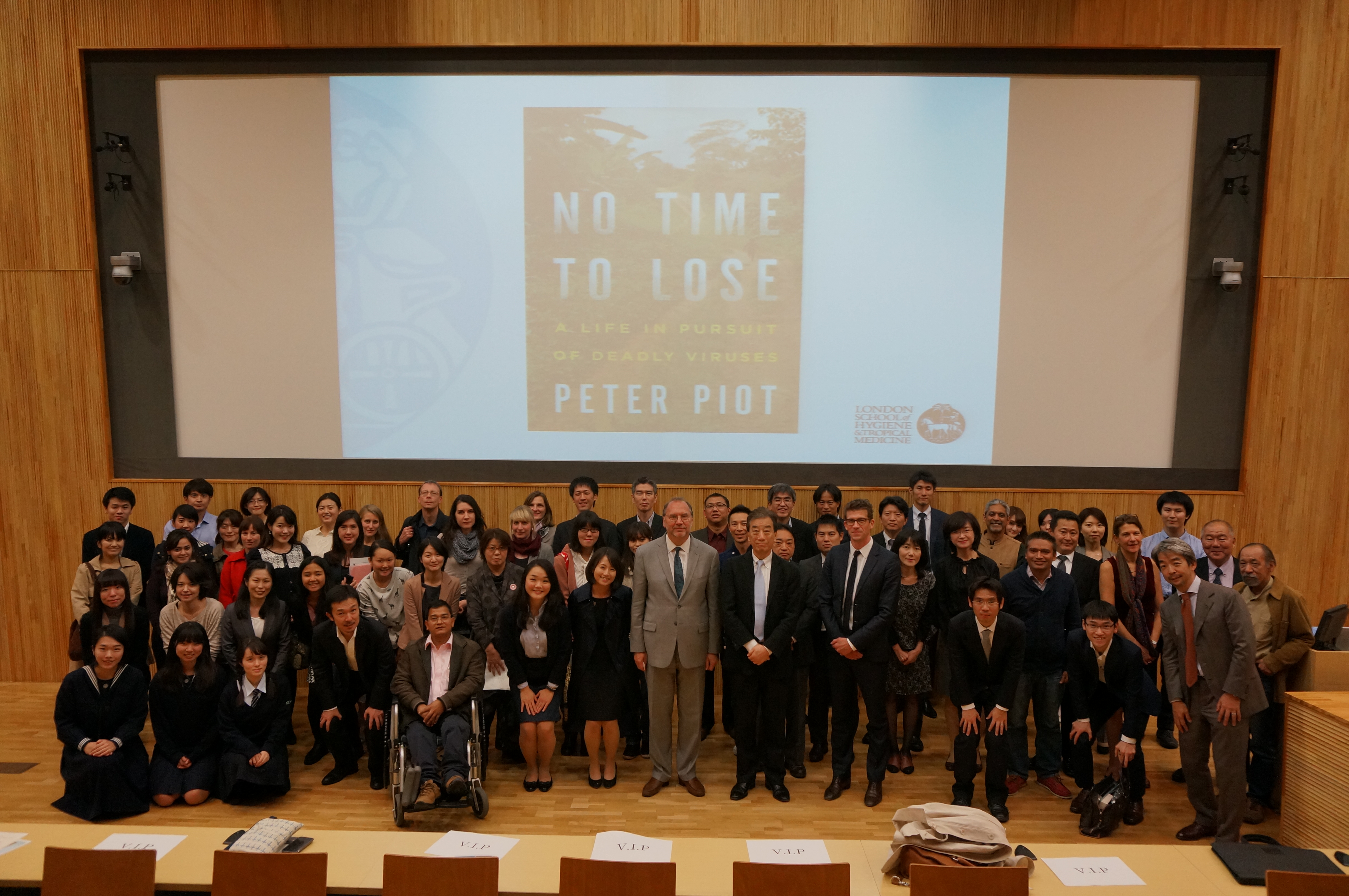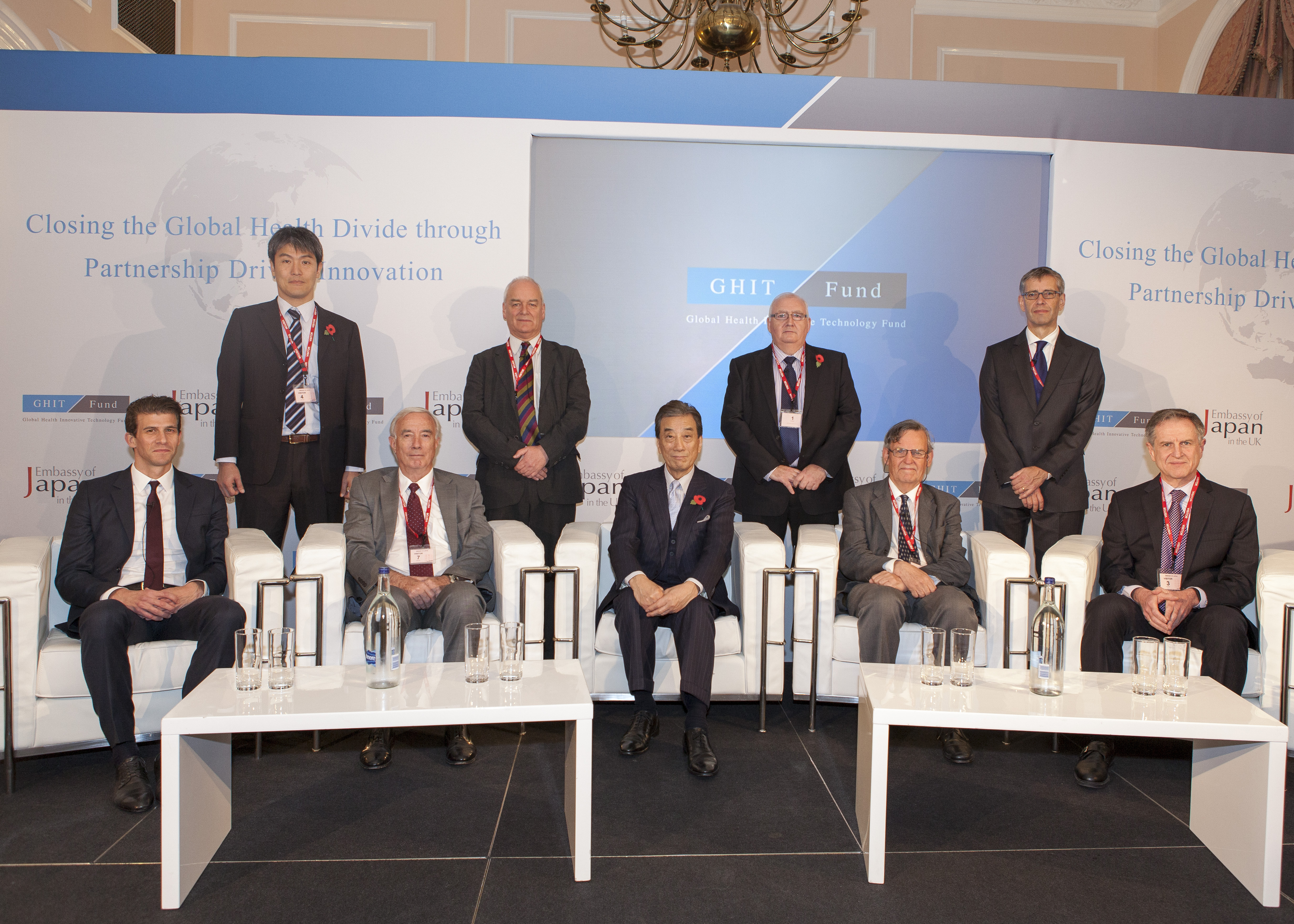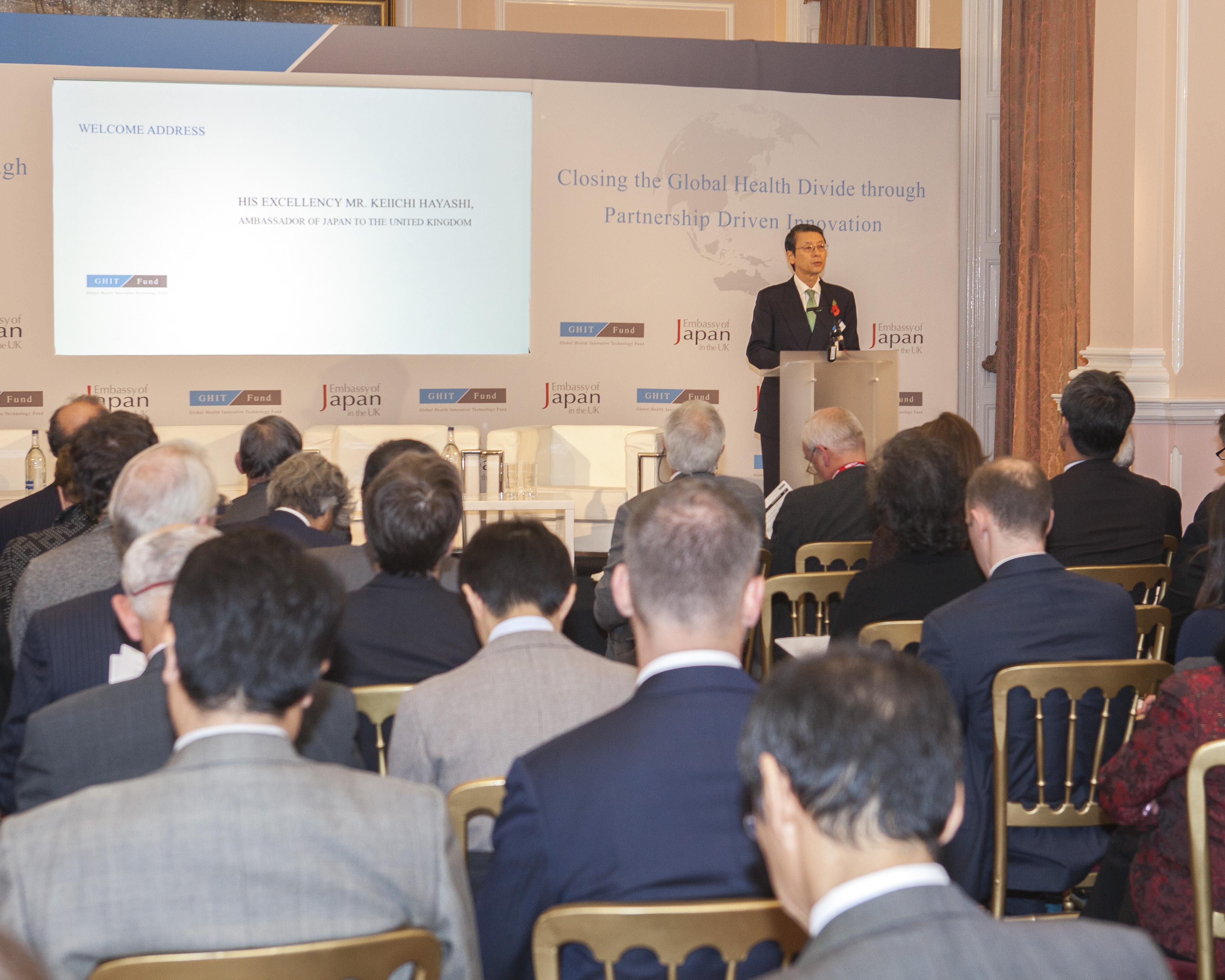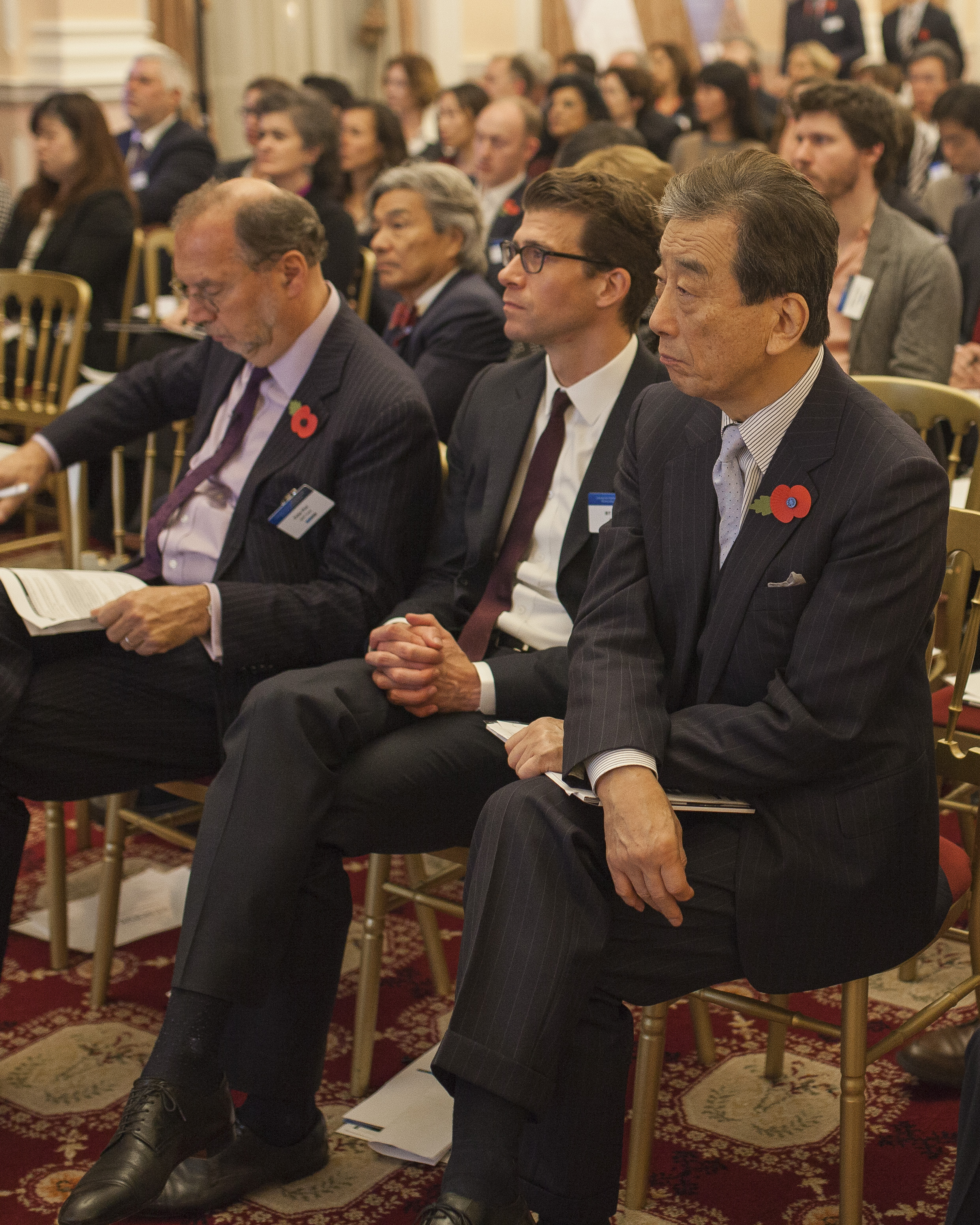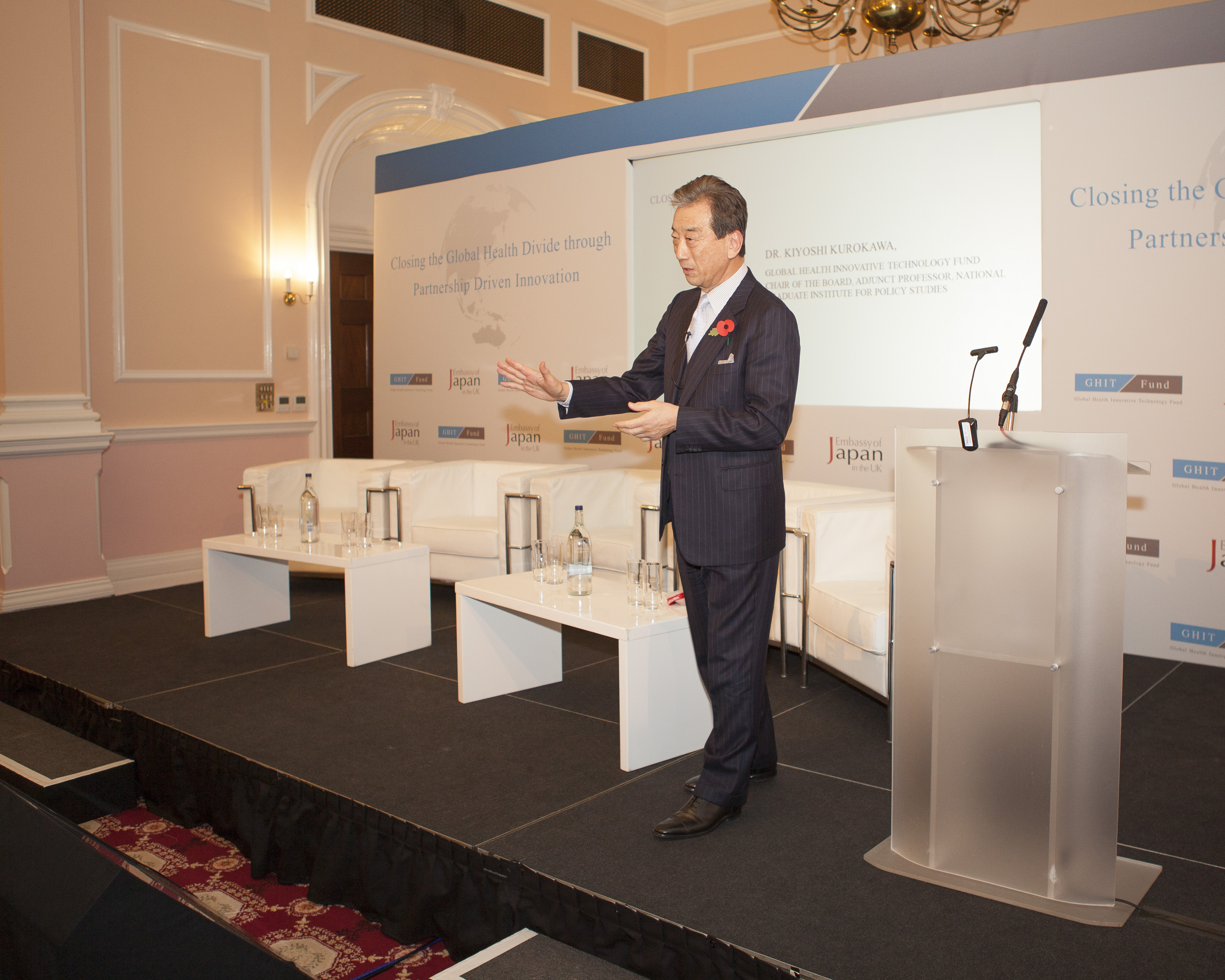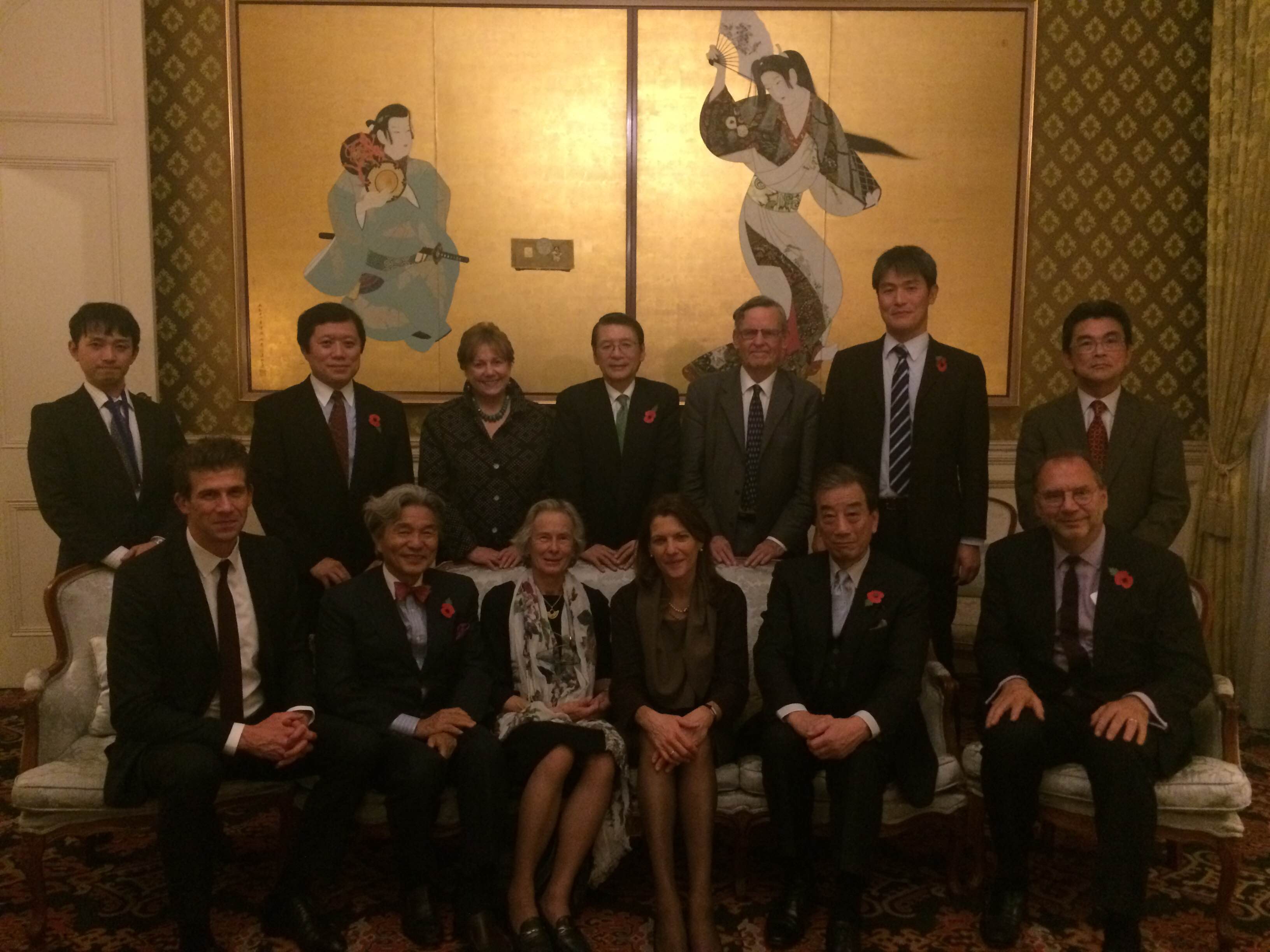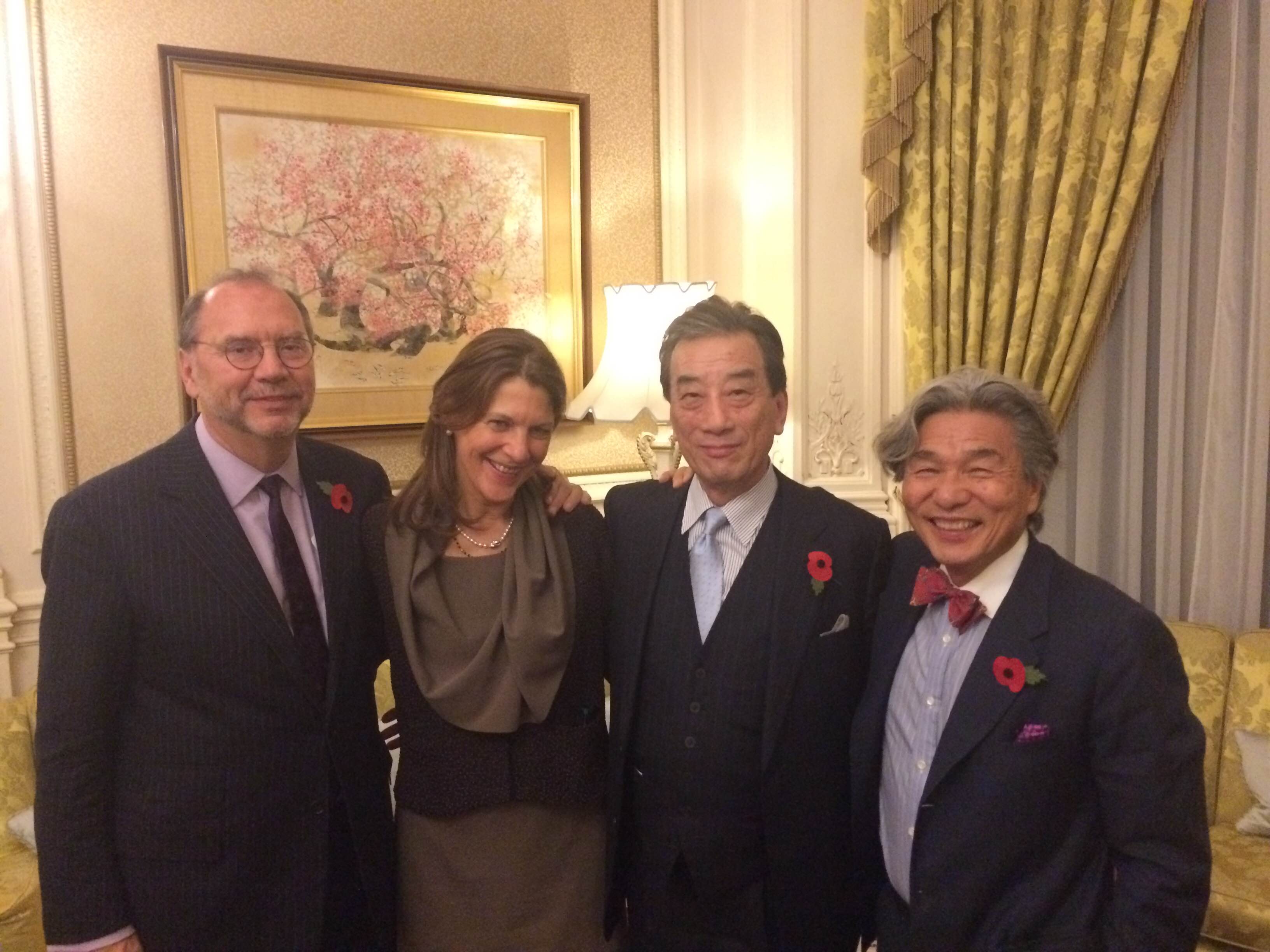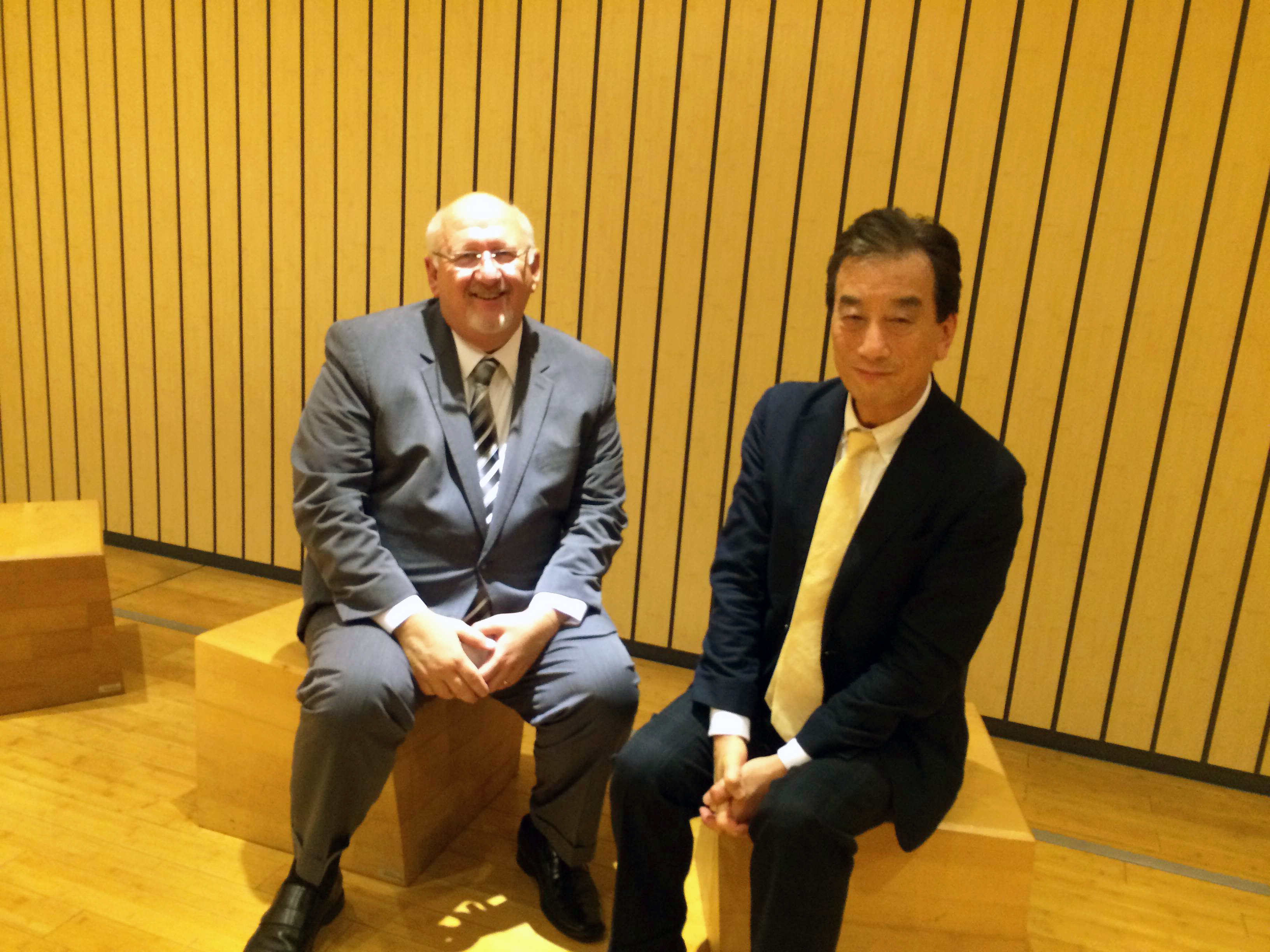Early on the 22nd of November, a magnitude 7.4 earthquake struck off the eastern coast of Japan, causing tsunami waves reaching 1.4 meters in places. It brought back memories of the terrible Fukushima Nuclear Power Plant Disaster that happened five-and-a-half years ago.
Thankfully, the damage this time round was far less, although there was an accident at the Fukushima Daini nuclear power plant. At the no.3 reactor, the flow of the water cooling nearly 2,500 spent fuel rods was stopped for nearly 100 minutes. Although this incident was barely reported in the media, I do not think we can afford to take this incident lightly, because of several reasons I explain below.
First, we must keep in mind that Japan is a country prone to earthquakes. 20% of all M6+ earthquakes occur in Japan. ‘Earthquakes, lightening, fire and fathers,’ were the fearful things of Japan in old legend. Earthquakes are least predictable and yet they will unleash their wrath. After a large seismic event like the 3.11 earthquake, the crust becomes highly unstable, leading to even more heightened seismic and volcanic activity, which in turn calls for more awareness.
Apparently the government is preparing for imminent earthquakes along the Nankai Trough as part of this ‘preparedness’.
Another example is the designation of the 5th of November as World Tsunami Awareness Day, and on the 26th of November, Kuroshio town in Kochi hosted an event related to tsunami awareness, where 360 young people from 30 countries came together to learn about the dangers of tsunamis (in Japanese). Which makes it even more pitiful that the incident at Fukushima Daini happened followed by an earthquake and tsunami.
Second, Japan still has 50 nuclear reactors, most of which have the spent nuclear fuel rods stored in onsite pools filled with cooling water. Luckily for us, the fuel rods at Fukushima Daini were already being cooled for five years, meaning that the temperatures did not rise to a dangerous level. As you may recall, the U.S expressed urgent concern over the loss of cooling capability for the spent fuel rods stored at the no.4 reactor of Fukushima Daiichi.
Third, the ground movement on Nov 22 was reported as being below 100 Gal units. Japanese nuclear reactors are supposed to be built to withstand such shocks, and indeed ground movements of more than 400 to 600 Gal units, with backfitting to the main structure to ensure that the reactors are able to adhere to the higher requirements in light of new information. But what are these requirements, and are the changes adequate? Might they have forgotten to include spent fuel rods in new plans that meet these stringent requirements? Surely not, I hope. And yet… why do they, for example, persist in putting the spent fuel rods at the top of reactor buildings, a design that probably magnifies the movement in comparison to what it would have been at ground level? And what about the water coolant for these fuel rods?
Even when focusing just on the things that went wrong at Fukushima Daiichi, how have the lessons of thevhistorical disaster of Fukushima Daiichi been reflected in the current nuclear reactors of Japan? At the Sendai reactor? At the other reactors scheduled for re-start? The answers are not clear, leaving me very worried.
I have not heard an awful lot, and even if answers are attempted, they include jargon like ‘dry cask storage’ and are mentioned without conviction, without explanation, or any concrete examples. Discussion for discussion’s sake won’t take us very far, I’m afraid, yet it seems that it is exactly the case. Despite making ‘confident’ statements about resumption of operations at several nuclear power plants, it seems that the safety measures are sorely lacking. And this ‘small’ incident has laid bare the inadequacy of the Japanese response for all the world to see.
In my closing statement for the NAIIC report, I remark (in Japanese only).
” We are not without precedent with regards to disasters. The 2004 December Earthquake of magnitude 9.1, with massive tsunami, now known as the Sumatra-Andaman earthquake, was followed by an earthquake in 2005 with magnitude 8.6, and even this year (this statement was published in July, 2012) an M8.6 quake has struck the vicinity. There is nothing that allows us to assume that this will not happen in the case of the 2011 earthquake off the Pacific Coast of Tohoku. The Fukushima Daiichi Nuclear Power Plant has already been shown to be vulnerable, and as for the other nuclear power facilities in Japan, for which safety standards remain questionable, I am afraid we are in a race against time”.
A part of my comments have also appeared in an article on the recent earthquake in the New York Times. Japan is in quite a sorry state at the moment. I hear about the status of the safety of nuclear power plants and I am often asked for my views from outside world….
